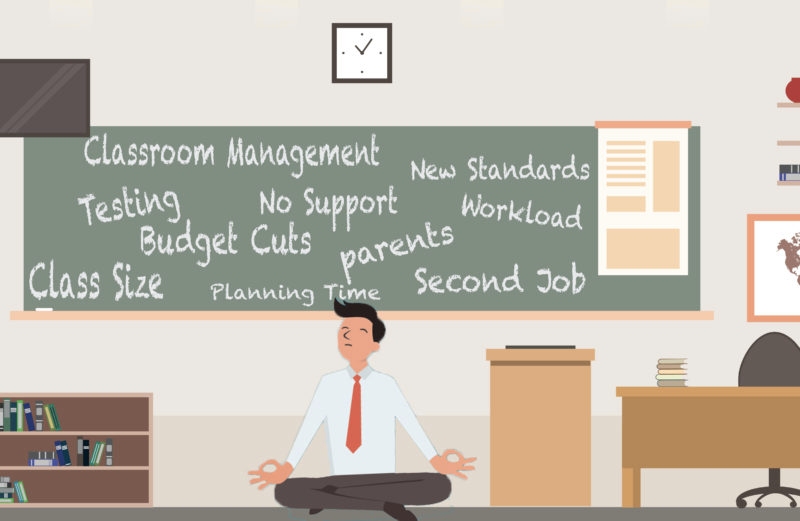Have you ever felt overwhelmed by the variety of needs in your classroom? Teaching is a rewarding profession, but it’s not without its hurdles. Every teacher, whether new to the classroom or seasoned with experience, faces a set of challenges unique to their role. Understanding these challenges is crucial for personal growth and professional development. In this blog post, we aim to delve into the common challenges for teachers, shedding light on the issues they face daily.
Math & ELA | PreK To Grade 5
Kids see fun.
You see real learning outcomes.
Watch your kids fall in love with math & reading through our scientifically designed curriculum.
Parents, try for free Teachers, use for free
1. Adapting to Diverse Learning Styles
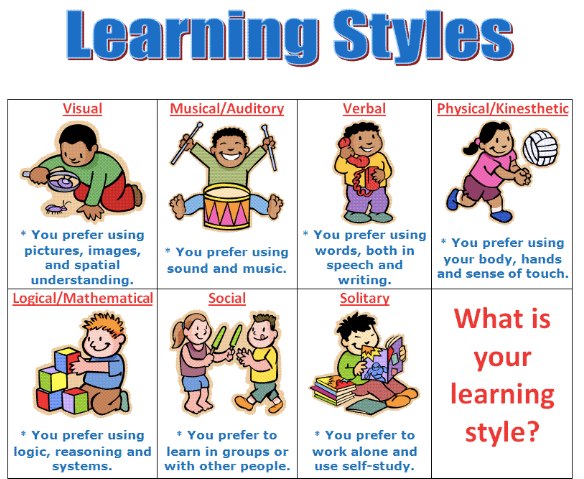
One of the significant challenges as a teacher is recognizing and adapting to the variety of learning styles present in a classroom. Every student absorbs information differently; some may prefer visual aids, while others benefit from hands-on activities or auditory instructions. This diversity can make it challenging to ensure that every lesson reaches every student effectively.
How to Address This:
To accommodate all learners, it’s essential to incorporate a mix of teaching methods into your lessons. This could include visual presentations, group projects, individual research tasks, and interactive discussions. A particularly effective solution to this challenge is utilizing educational platforms like SplashLearn.
2. Classroom Management
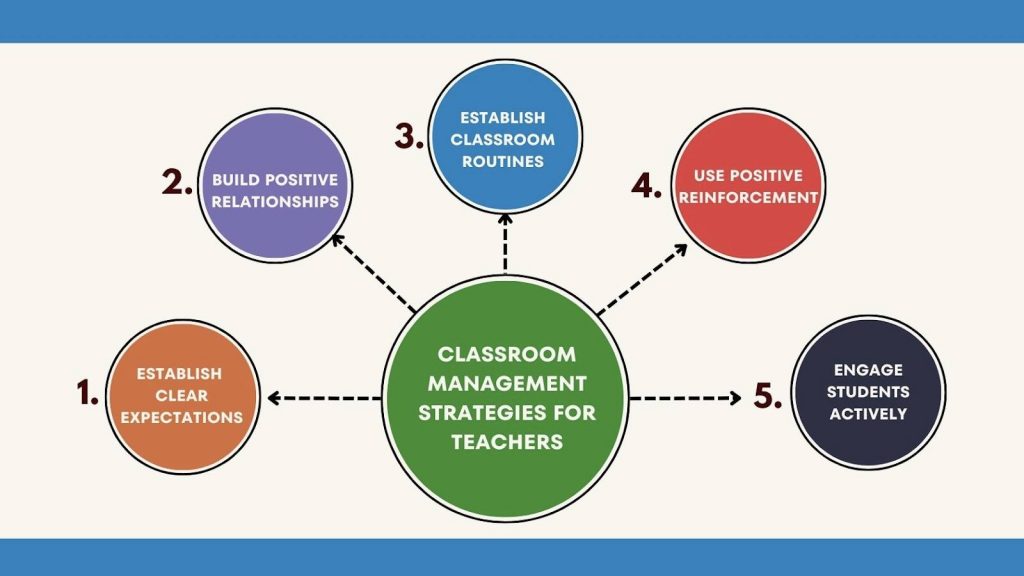
Another common challenge in the teaching profession is classroom management, specifically the difficulty of maintaining discipline in a diverse group of students. Effective classroom management is crucial for creating a positive learning environment where all students can focus and participate without unnecessary disruptions.
How to Address This:
- Establishing clear classroom rules and expectations from the beginning of the school year is key.
- Consistency in enforcing these rules is equally important to maintain order and respect.
- Techniques such as positive reinforcement, setting up a classroom reward system, and involving students in decision-making can promote a positive and collaborative classroom atmosphere.
- Additionally, creating engaging lessons that keep students interested can significantly reduce disciplinary issues, as students are less likely to become disruptive when they are actively engaged in learning.
Related Reading: Best Classroom Management Tools
3. Dealing with Bullying
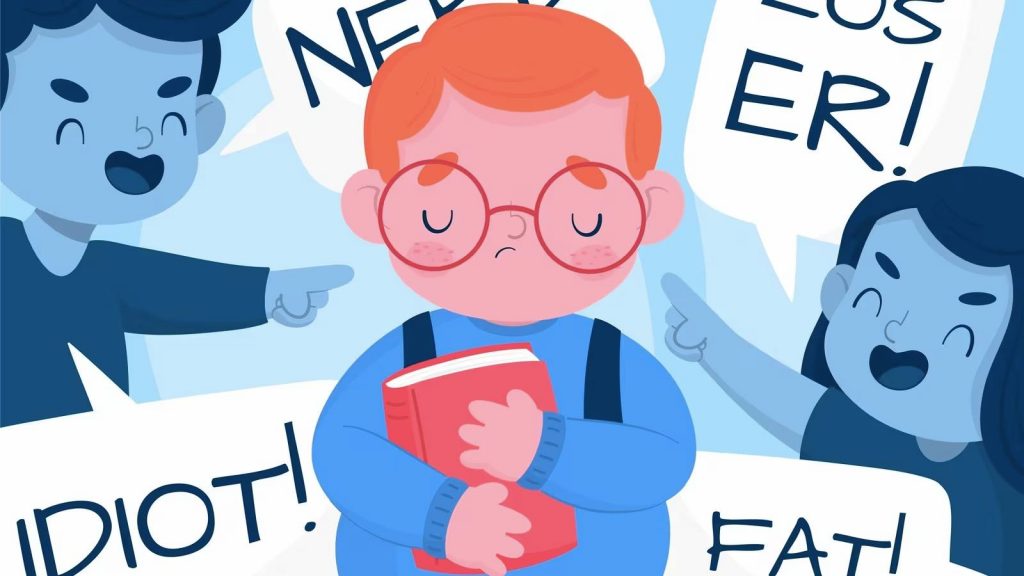
Bullying is one of the most serious challenges in a classroom, affecting students’ mental and emotional well-being. It can lead to a decline in academic performance, anxiety, depression, and even physical harm. Recognizing the signs of bullying and taking immediate action is crucial for teachers to ensure a safe and supportive learning environment for all students.
How to Address This:
- It’s important to foster an atmosphere of respect and empathy within the classroom. Teachers should implement a zero-tolerance policy towards bullying and ensure that students understand the consequences of such behavior.
- Encouraging open communication is key; students should feel comfortable reporting bullying incidents to adults.
- Organizing workshops and activities that promote inclusivity and understanding can also help reduce bullying by teaching students the value of diversity and empathy.
Related Reading: Best Empathy Activities for Kids to Foster Kindness
4. Incorporating Technology
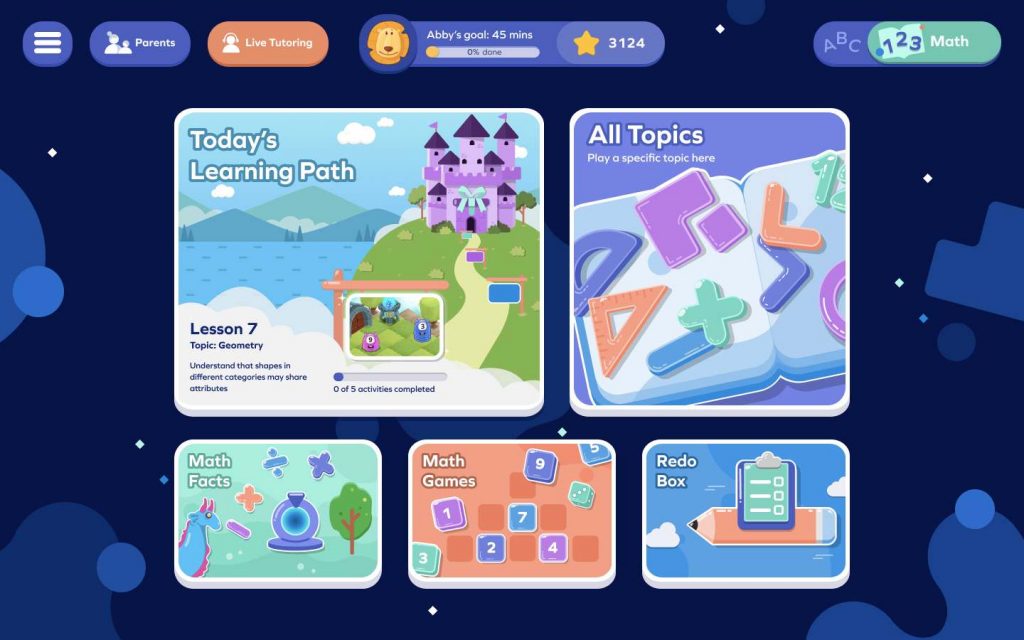
Incorporating technology into lessons presents its own set of challenges in teaching. While technology can make lessons more engaging and interactive, finding the right balance and ensuring that it enhances learning rather than distracts can be difficult.
How to Address This:
- Start by setting clear objectives for its use. Identify what you want to achieve with technology, whether it’s to facilitate research, enable interactive learning, or assist in presenting complex information in an accessible way.
- It’s also important to choose technology that is appropriate for your students’ age and skill level. Tools like SplashLearn can make learning more interactive and cater to different learning styles.
- Finally, providing training and support for both teachers and students on how to use new technologies can ensure that it becomes a beneficial addition to the learning environment, rather than a hurdle.
5. Meeting Curriculum Standards
One of the significant challenges for teachers today is the pressure to meet educational standards. These standards are set to ensure students achieve a certain level of knowledge and skills across various subjects. However, aligning lessons with these standards while keeping them engaging can be a daunting task.
How to Address This:
- To design lessons that meet or exceed these standards, it’s essential to start with a clear understanding of the goals for each subject and grade level.
- Integrating interdisciplinary projects can also help cover multiple standards in a more engaging way.
- Additionally, using backward design—starting with the end goal in mind and planning lessons backward—ensures that all activities are aligned with the desired outcomes.
6. Assessing Student Progress
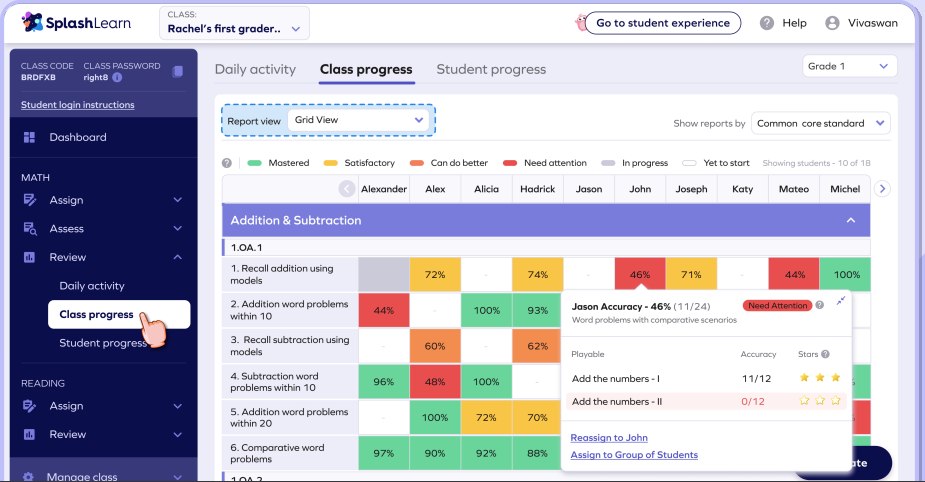
Assessing student progress is another area where difficulties teachers face become apparent. The challenge lies in ensuring assessments are fair, comprehensive, and reflective of each student’s understanding and abilities. Traditional testing methods may not always capture the full extent of a student’s knowledge or skills.
How to Address This:
Innovative assessment methods, such as project-based assessments, peer reviews, and self-assessments, can provide a more holistic view of student learning. These methods encourage students to demonstrate their understanding in various ways, catering to different learning styles and abilities.
7. Engaging Students
Keeping students engaged is crucial for effective learning but remains one of the challenges for teachers. Engagement drops when students cannot see the relevance of what they’re learning or when the lesson delivery doesn’t match their learning preferences.
How to Address This:
- To combat this, teachers can incorporate a variety of teaching methods, including discussions, hands-on activities, and real-world applications of concepts.
- SplashLearn offers ready-to-use and customizable lesson plans that can significantly aid in this area. These resources are designed to make learning fun and interactive, helping to maintain student interest and engagement. By leveraging such tools, teachers can create a more dynamic and inclusive learning environment that caters to the diverse needs of their students.
8. Handling Workload
One of the most significant challenges for teachers is managing the heavy workload without experiencing burnout. The demands of lesson planning, grading, and fulfilling administrative duties, on top of actual teaching, can be overwhelming. This intense workload can lead to stress and, ultimately, burnout, affecting a teacher’s performance and well-being.
How to Address This:
- Effective time management and stress reduction techniques are essential. Prioritizing tasks, setting realistic goals, and utilizing digital tools for planning and organization can significantly ease the workload.
- Additionally, practices such as mindfulness, regular exercise, and ensuring a healthy work-life balance can help manage stress levels.
Related Reading: Classroom Organization Ideas to Make Teaching Productive
9. Parental Involvement

Engaging parents in their child’s education presents its own set of teaching problems. Effective communication between teachers and parents is crucial for fostering an environment where students can thrive. However, finding the right strategies to involve parents, especially those who may be busy or less responsive, can be challenging.
How to Address This:
- To improve parent-teacher communication, consider regular updates through emails or a class website, scheduling parent-teacher meetings, and using student agendas for daily notes back and forth.
- Creating a welcoming atmosphere for parental involvement and offering flexible communication channels can significantly enhance the educational experience for students.
10. Teaching Students with Special Needs
Inclusivity in the classroom is another critical area where challenges for teachers arise. Accommodating students with special needs requires thoughtful planning and a flexible teaching approach to ensure all students have equal opportunities to learn and succeed.
How to Address This:
- Strategies for teaching students with special needs include differentiating instruction to cater to various learning abilities, using assistive technologies, and working closely with special education professionals.
- reating an inclusive classroom environment where all students feel valued and supported is essential for their academic and social development.
Related Reading: Best Teaching Strategies for Educators
11. Lack of Resources
One of the significant challenges for teachers is dealing with inadequate teaching materials and facilities. Many educators find themselves in environments where resources are scarce, making it difficult to provide students with the comprehensive education they deserve. This lack of resources can hinder the learning process and make creative teaching a necessity.
How to Address This:
- Creative solutions for resourceful teaching include leveraging free online educational resources, organizing material swaps with other teachers, and incorporating everyday items into lessons as teaching tools.
- Teachers can also encourage students to use their creativity and imagination in projects, which can lead to a more engaging learning experience without the need for expensive materials.
12. Professional Development
The importance of ongoing learning for teachers cannot be overstated. In the fast-evolving educational landscape, keeping up with the latest trends, techniques, and technologies is crucial. However, finding the time and resources for professional development can be one of the difficulties teachers face.
How to Address This:
- To stay updated, teachers can take advantage of online courses, webinars, and workshops offered by educational organizations. Joining professional networks or communities of practice can also provide valuable opportunities for learning and sharing experiences with peers.
- Setting aside regular time for self-study and reflection on one’s teaching practice can further enhance professional growth.
13. Motivating Students
Motivating students to achieve their best is another challenge in the realm of teaching problems. Engaging students who are disinterested or who struggle to see the relevance of their studies requires creativity and persistence.
How to Address This:
- Techniques for inspiring and motivating students include connecting lesson content to real-world applications, setting clear and achievable goals, and providing positive feedback and recognition for effort and progress.
- Incorporating elements of choice within assignments can also empower students, making them more invested in their learning.
- Additionally, creating a classroom environment that fosters a growth mindset can encourage students to embrace challenges and persist in the face of difficulties.
How does SplashLearn Address Teacher Problems?
1. Adapting to Diverse Learning Styles: SplashLearn caters to diverse learning styles by offering interactive and engaging activities that appeal to visual, auditory, and kinesthetic learners. Its platform includes games, puzzles, and interactive stories that make learning personalized and fun, ensuring that every student can find a way to connect with the material.
2. Incorporating Technology: SplashLearn simplifies the challenge of incorporating technology into lessons by providing an easy-to-use platform that integrates seamlessly into classroom activities. It offers a variety of digital tools and resources that enhance teaching and learning, making technology an ally rather than a hurdle for teachers.
3. Meeting Curriculum Standards: With curriculum-aligned activities, SplashLearn ensures that teachers can meet and exceed educational standards without extensive planning. Its content is designed to align with national and state standards, helping teachers ensure that their students are on track with their learning objectives.
4. Assessing Student Progress: SplashLearn offers innovative assessment methods through real-time tracking and reporting features. Teachers can monitor student progress, identify areas of need, and tailor instruction to meet the individual needs of each student, making assessments more personalized and effective.
5. Engaging Students: SplashLearn keeps students interested and engaged with its interactive and gamified learning experiences. Ready-to-use and customizable lesson plans make it easier for teachers to prepare engaging lessons that captivate students’ attention and foster a love for learning.
6. Parental Involvement: SplashLearn facilitates parental involvement by providing parents with updates on their child’s progress and suggestions for supporting learning at home. This feature helps bridge the gap between classroom and home learning, encouraging a collaborative approach to education.
7. Teaching Students with Special Needs: SplashLearn supports inclusivity by offering accessible learning opportunities for students with special needs. Its adaptive learning paths and customizable settings allow teachers to modify content to suit the individual requirements of each student, ensuring that all learners have equal opportunities to succeed.
Conclusion
Teaching comes with its unique set of challenges, but with the right strategies and tools like SplashLearn, these obstacles can be overcome. By embracing innovative solutions, teachers can adapt to diverse learning styles, incorporate technology seamlessly, and engage students in meaningful ways. Ultimately, these efforts lead to a more inclusive, effective, and enjoyable learning experience for both teachers and students.
Related Reading: Best Qualities of a Good Teacher
Frequently Asked Questions (FAQs)
What is the biggest challenge facing education today?
The biggest challenge facing education today is ensuring equitable access to quality education for all students, regardless of their socio-economic background, abilities, or geographic location. This includes overcoming disparities in resources, technology, and support.
What are the challenges teachers face in a diverse classroom?
In a diverse classroom, teachers face the challenge of meeting the varied learning needs, cultural backgrounds, and language proficiencies of their students, all while fostering an inclusive and supportive learning environment.
Why is teacher burnout so high?
Teacher burnout is high due to a combination of factors, including excessive workload, pressure to meet educational standards, lack of resources, and the emotional toll of supporting students’ diverse needs without adequate support or recognition.

















